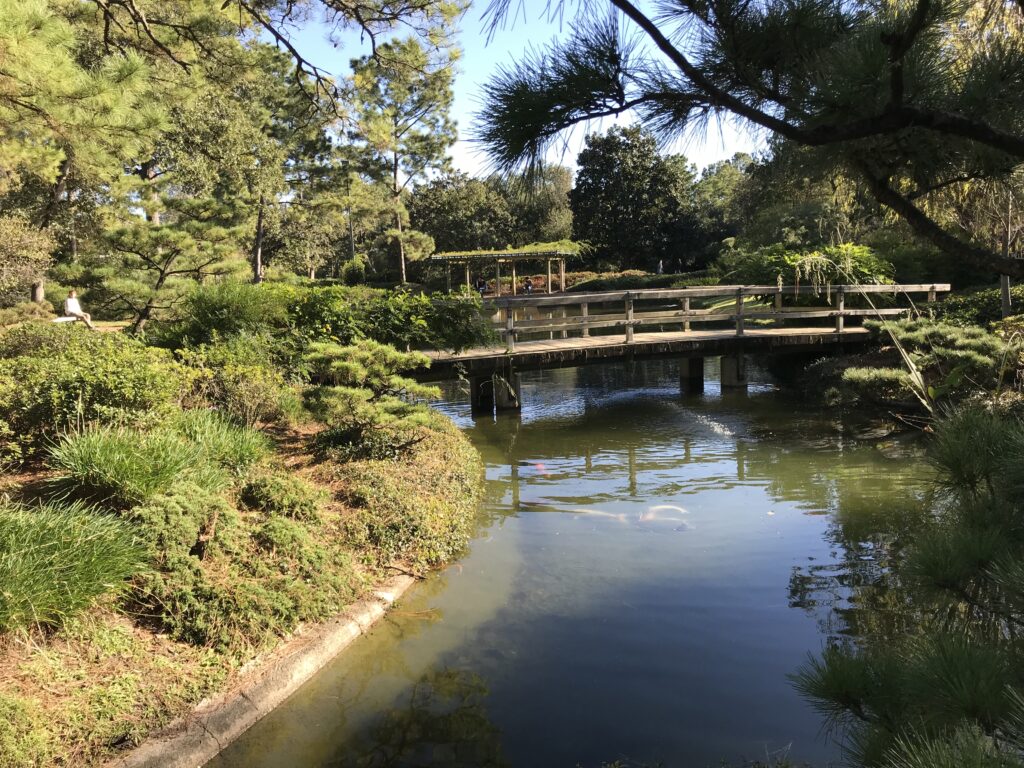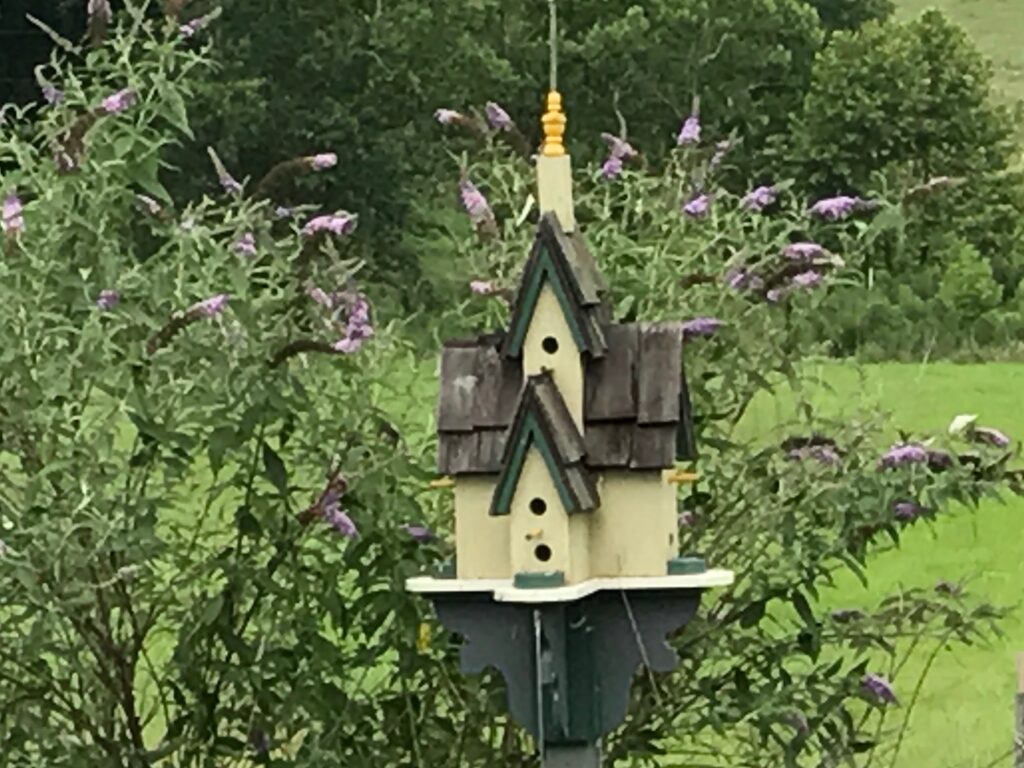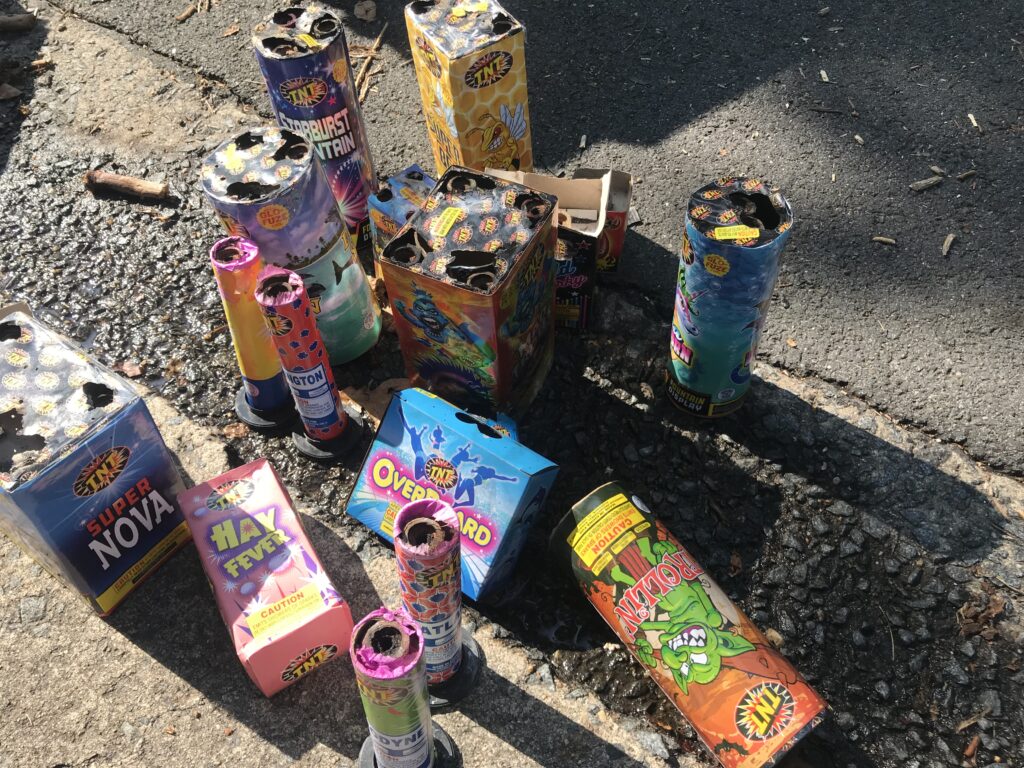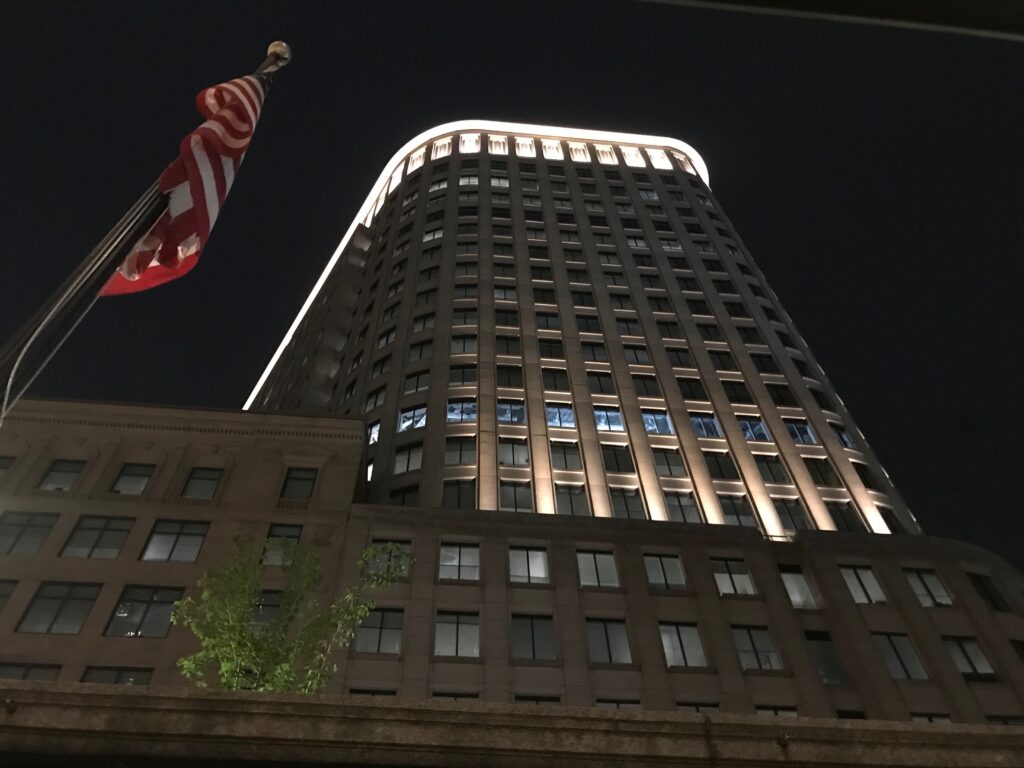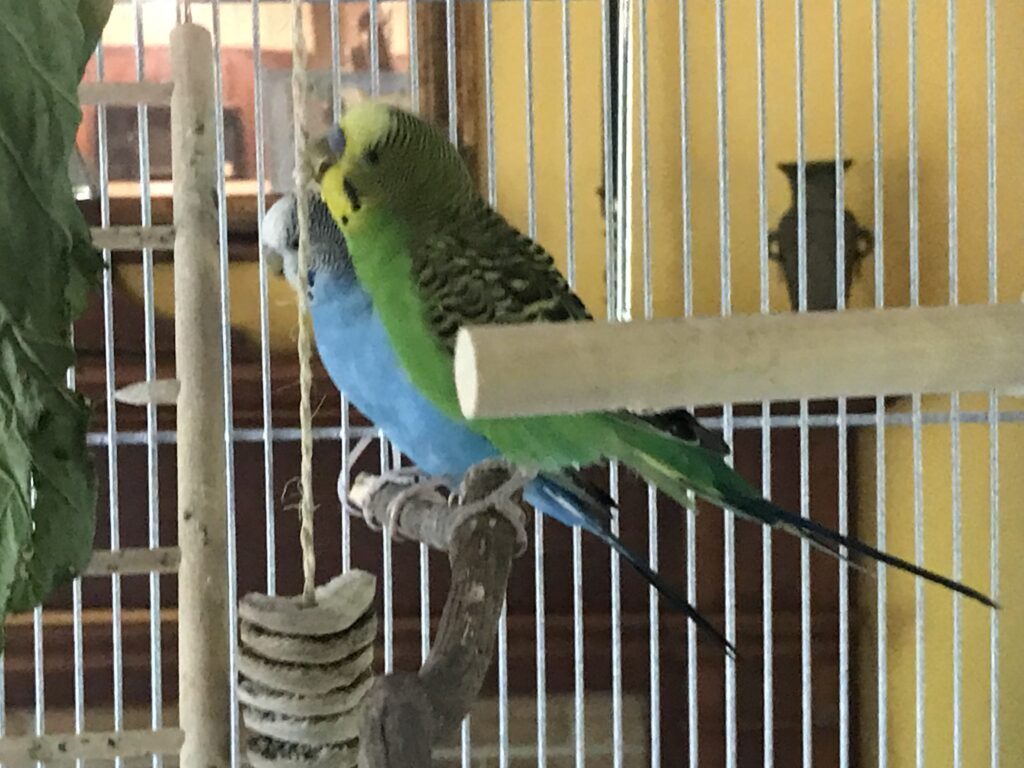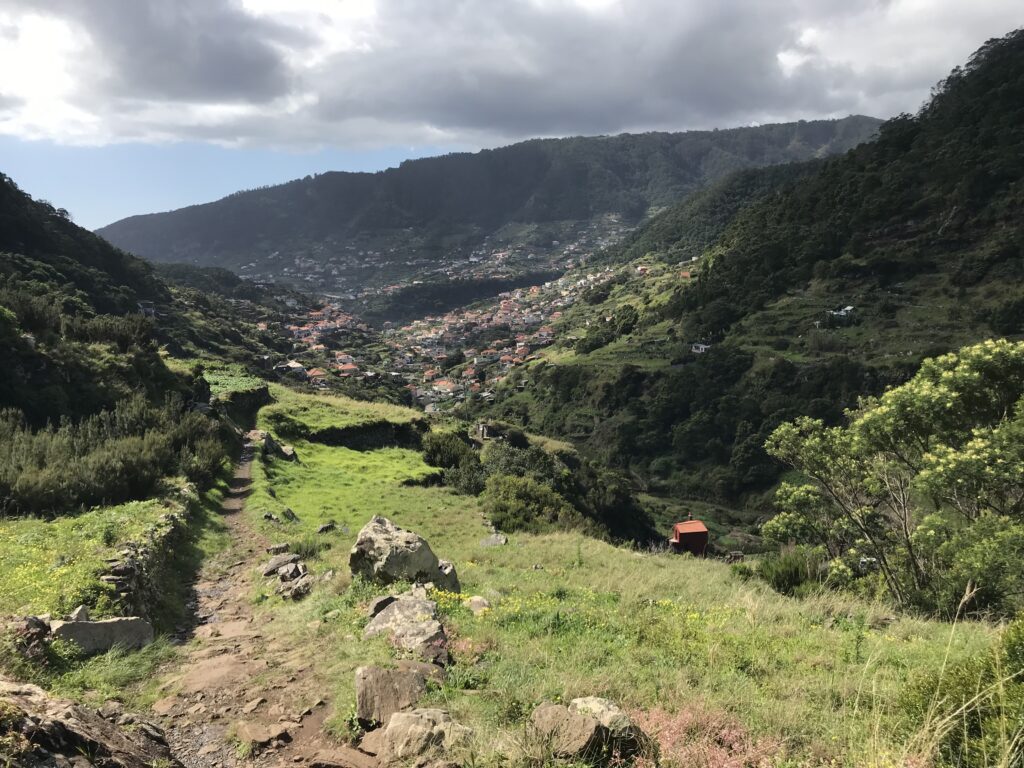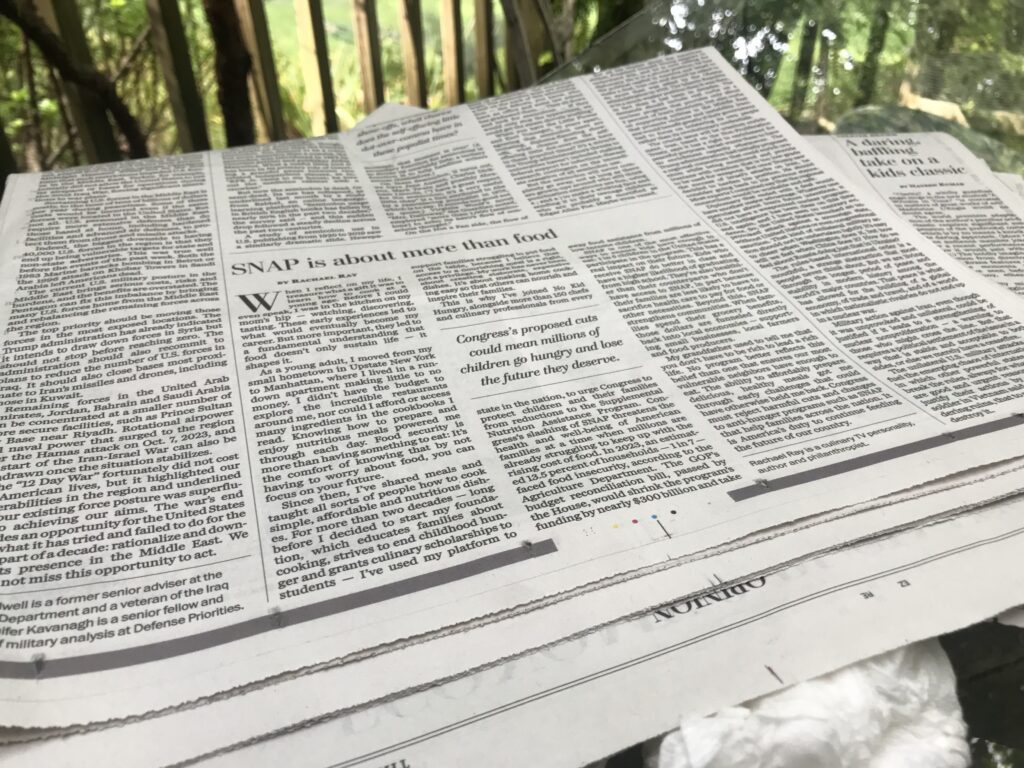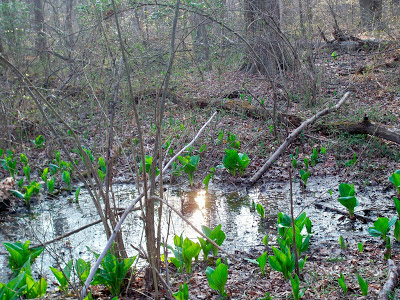Six Miles an Hour
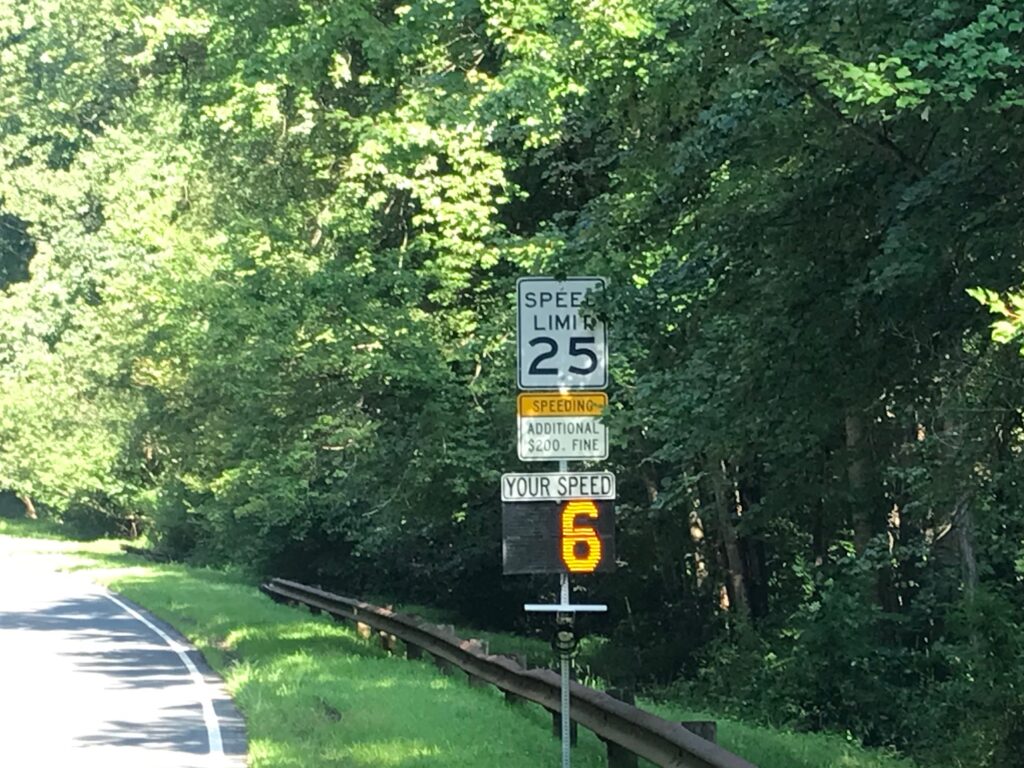
There’s a new speedometer in town, or at least in my neighborhood, one of those portable gizmos that’s set up to remind motorists to slow down. This one has colored lights that blink when you go more than 10 miles over the 25 miles-per-hour limit.
I walk past this speedometer every day. At first, I thought my eyes were deceiving me. Was that a number up there as I approached? A single-digit number, true, but still, a number — 6!
I wasn’t speeding, not by a long shot, but my puny pedestrian footfall was being picked up and measured. Yes, officer, I’ll slow down. I could have sworn I was only doing 5.
Truth be told, I probably did clock six miles an hour when I ran the occasional 10K road race, covering the 6.2 miles in 54 or 55 minutes. But that was long ago. Now I’m lucky to make 4 miles an hour. The machine seems to round up. It’s bad news for motorists, but good news for walkers in the suburbs.
